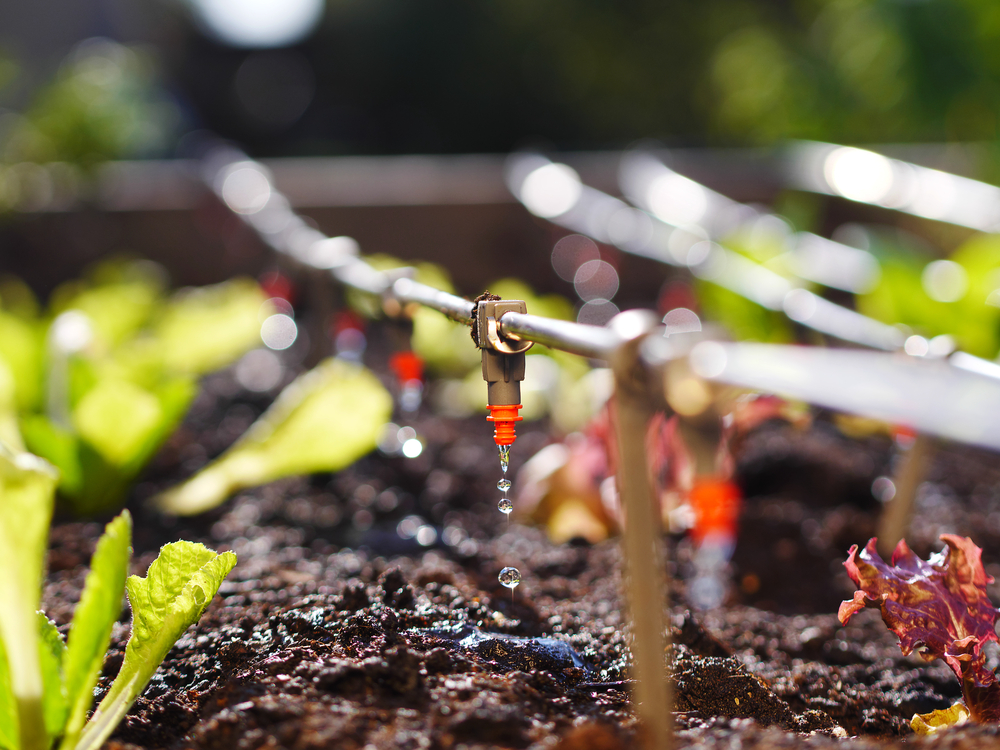Put simply, irrigation can be defined as the process of applying water to a crop for the purpose of aiding its growth. Thousands and thousands of years ago, the incorporation of irrigation as a mainstay of human society, also formally marked the transition of the human civilisation as a species; from one primarily composed of roaming hunter-gatherers, to the more cohesive, conventional agrarian society that is more familiar to us today. For that reason, the importance of irrigation cannot be overstated, and it retains its importance today as a cornerstone of modern society. In order to chart how irrigation has evolved and changed over the years, we have put together this whistle stop tour of the most important benchmarks in its transformation.
While archaeological evidence tentatively proves the existence of 8000 year old irrigation canals in both the Middle East and South America, the exact origins of irrigation remain murky. The first development of any significance in the world of irrigation however, is more clear-cut and first materialised around 550BC. A product of Mesopotamian ingenuity, the qanat allowed farmers to repurpose ground water for crop irrigation for the first time in history. Mesopotamians used the collective effect of a vertical well and an adjacent channel to generate a source of surface level water.
The growing population of the 1700s propelled the rise of the European agricultural revolution. The unprecedented experimentation of the era gave birth to a host of irrigation techniques – increased experimentation with crop rotations, improved livestock breeding, the invention of seed drilling, the use of fertilisers and the introduction of new forms of machinery.
It wasn’t until 1932 though that any of the techniques we are familiar with today rose to prominence. Building on the arrival of the domestic lawn sprinkler thirty years earlier, the invention of the impact sprinkler became the building block upon which modern irrigation was founded. As the impact sprinkler became more and more popular, it ushered in a new era of automated watering. American farmers had hitherto been reliant on gravity to carry water along the antiquated furrows that supplied rows upon rows of crops with nourishment.
The next major development in agricultural irrigation came in the late 1960s with the introduction of drip irrigation. Not only did it do a better job of increasing crop productivity than any technique that preceded it, it also did so using a far lower amount of water. And thus, the practice of micro irrigation was born. Characterised by small fixtures that are capable of administering water with unerring accuracy, micro irrigation has since become a mainstay of agricultural irrigation.
As you’d expect, irrigation systems have become infinitely more complex as time has passed. The pressurised systems that power both of the most popular administration methods – sprinkler and drip irrigation – are always composed of a water source, a pump to pressurise the water, a network of pipes that distribute the water from the pump, as well as the sprinklers or emitters themselves. The centrepiece of these systems is the pump, and without one of sufficient quality, any crops are unlikely to flourish. Jabsco pumps provide a range of versatile pumps that can adapt to often tricky pressurised irrigation systems.





